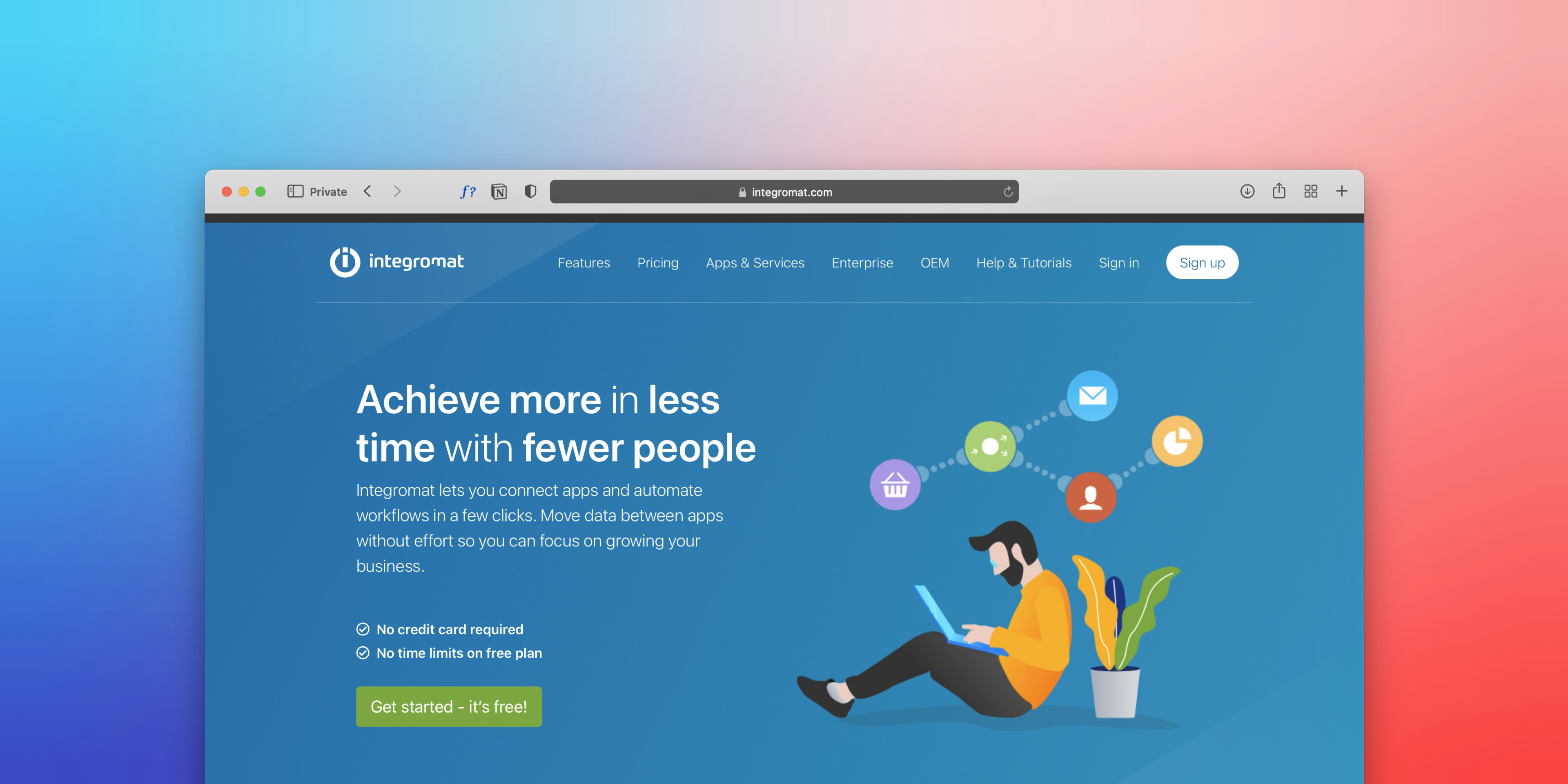How to Recognize Phishing Emails and Protect Your Website
Phishing is currently one of the biggest online threats. Cybercriminals are becoming increasingly sophisticated and use convincing tactics to deceive you or your employees. A phishing email often appears to come from a trusted organization, such as a bank, a delivery service or even your own website developer. The goal is always the same: to steal sensitive information or gain access to important systems, including your website. For entrepreneurs, the consequences can be severe, ranging from hacked accounts and data leaks to serious damage to your reputation.
At Temblit, we believe it is essential that our customers not only have a professional website but also understand the digital risks around them. Awareness is the first step toward a safer online environment.
What Exactly Is Phishing
Phishing is a form of online fraud in which criminals impersonate a trusted party. They send an email designed to make you believe the message is legitimate. The email often contains a link leading to a fake website where you are asked to log in or enter personal information. Sometimes it includes an attachment that installs malicious software when opened.
Phishing appears in many forms, including:
• emails that look like invoices or payment reminders
• fake messages from delivery companies claiming a package is delayed
• alerts about a supposedly blocked account
• emails that appear to come from your bank or hosting provider
These emails often look extremely professional. Criminals use logos, colors and writing styles that are almost impossible to distinguish from the real thing. This makes phishing more dangerous than ever.
How to Recognize a Phishing Email
Even though phishing emails are getting more sophisticated, there are still several clear signs to watch out for. By paying attention to these clues, you greatly reduce the chance of being deceived.
Strange sender addresses
The name might look correct, but the actual email address is slightly off. It may contain extra characters, unusual numbers or incorrect domain names.
Urgent or threatening tone
Phishing emails try to pressure you into acting quickly. Phrases like Pay immediately, Your account will be blocked or Click now to keep access should always raise suspicion.
Unexpected links or attachments
If you were not expecting an email or do not know the sender, never click on links or open attachments. One click can be enough to install malware.
Spelling errors or unusual sentence structure
Many phishing emails contain awkward phrasing, incorrect greetings or strange formatting. This is often a sign the message is not legitimate.
Unusual requests
Banks will never ask you to confirm your password by email. Similarly, trustworthy companies like Temblit will never unexpectedly request sensitive information.
If something feels off, trust your instincts and do not click. When in doubt, contact the organization directly through their official website.
How to Protect Yourself
Recognizing phishing is important, but preventive measures are just as essential. These steps help minimize the risk that you or someone in your company becomes a victim.
Never click suspicious links or attachments
If you are unsure, do not open them. Instead, type the website address manually into your browser.
Always check the sender’s email address
A legitimate message always comes from a recognizable and correct domain. Be extra cautious with small variations.
Use strong and unique passwords
A password manager helps you create and store secure combinations, preventing criminals from accessing multiple accounts at once.
Enable two factor authentication
Two step verification adds an extra protection layer that stops attackers even if they manage to steal your password.
Keep software and devices updated
Old systems often contain security vulnerabilities. Regular updates help close these gaps.
Secure your website properly
A safe website protects both you and your visitors. Think of SSL certificates, regular updates and security tools that prevent attacks.
Train yourself and your team
Discuss phishing risks within your company. Informed employees are much less likely to click dangerous links.
Common Types of Phishing
Cybercriminals use various techniques to trick users. Recognizing these methods helps you stay ahead of them.
Spear phishing
Highly targeted messages based on personal information, making them extremely convincing.
CEO fraud
Emails pretending to be from a director or manager, often requesting urgent payments or confidential data.
Smishing
Phishing attempts through text messages, usually containing short, urgent links.
Website spoofing
Fake websites that mimic legitimate ones to steal passwords or personal details.
Knowing how these techniques work makes them easier to recognize and avoid.
How Temblit Protects Websites
At Temblit, security is always a top priority. Every website we build includes multiple layers of protection, such as a valid SSL certificate, frequent system updates and built in defenses against brute force attacks. We continuously monitor new developments in cybersecurity to ensure your website stays secure against threats like phishing and malware.
We also believe that knowledge is just as valuable as technology. That is why we actively inform our customers about digital threats and share practical advice to help them stay safe online. A well protected website starts with an entrepreneur who knows what to look out for.



































































